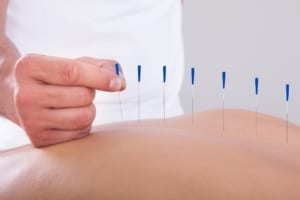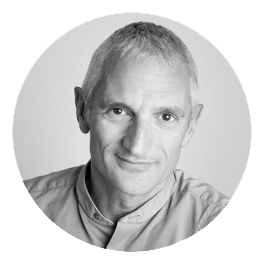With the Tour De France setting off on July 1st, cycling fever has set in.
The 3,500km ride will see more than 150 cyclists make their way from the Grand Depart in Copenhagen, through northern France and take on a gruelling Alpe d’Huez climb.
What is the Tour De France?
The tour is the world’s biggest annual sporting event, made up of 21 stages over 23 days. It contains six mountain stages along with five altitude finishes.
But already, just over a week in, there has been crashes, chaos, and carnage on the cobbles with wet and slippery conditions forcing cyclists off their bikes.
“It’s been really interesting to watch the start of the tour,” keen cyclist and Osteopath Robin Kiashek says. “However, it’s always alarming to see people come off their bike. Seeing these accidents happen in real time got me thinking about the issues that might trouble cyclists while taking part in this sport and how, as an Osteopath, I could help.”
London to Brighton Cycle
Robin is currently training for the London to Brighton Cycle in September. He is taking part in the 55-mile ride with his son Joel in a bid to raise funds for Macmillan Cancer Support.
On 11th September, the pair will make their way through the country lanes of Mitcham, Banstead and Haywards Heath before taking on the challenge that is Ditchling Beacon.
Ahead of his own cycling event, Robin has pulled together some common issues experienced by cyclists in a bid to help avoid these injuries.
Be aware of back pain
Back pain can be a real problem – especially for cyclists who spend hours hunched over handlebars. Plus, when you add this to the working-from-home challenges of 2020, 2021 and 2022 – you’ve got yourself a recipe for poor posture.
But here’s the good news: “Our spine is made of solid, bony blocks reinforced by strong ligaments and muscles,” Robin says.” It is surprisingly difficult to damage. But if strained, the surrounding muscles and ligaments can cause discomfort and pain.”
How to prevent lower back pain when cycling
- Check your posture. Posture is key when it comes to keeping your back in tip top condition. And this applies as much to cycling as it does to when you’re working at a desk. According to British Cycling, the top of the handlebar should be around 5-6cm below the mid-point of the saddle.
- Take a stand. Take breaks from cycling to take some strain off your back, shoulders and neck. This will also help you reset the correct posture with your shoulders back, your head level in line with your body and an engaged core.
- Talking of cores – strengthen your abdominal muscles. It’s important to work out the muscles in your abs and back. Why? Your core muscles help you stand, move and go about your daily business. It’s also been proven that a strong core reinforces good form and prevents injury.
Watch your knees
On a day-to-day basis we expect great things from our knees. As the largest joint in the human body, the knee basically forms a sort of hinge where the thigh bone (femur) and shin bone (tibia) meet. This enables us to bend, straighten and in this case, cycle.
Cycling might not be a high impact sport. But unfortunately, when pedalling our knees can be a relatively easy mechanism to injure.
Robin explains: “For example, a sudden increase in intensity or duration of exercise can temporarily damage the bone, muscle or ligaments. Problem knees can lock, click, catch, give way or refuse to straighten.”
How to look after the health of our knees
- Check your bike set-up. Is your saddle too high or low? Do you have the correct saddle tilt? Having an incorrect set up can place compression on the patella, it can overstretch your hamstrings and it can place undue pressure on your knees. Follow this handy step-by-step guide to get your saddle height right.
- Build up knee strength. Calf raises, leg extensions, squats and hamstring stretches can all help. After all, strong muscles around your knee can help to support and protect your joints as propel you forward with each pedal.
How Osteopathy can help with these niggles
Robin qualified in Osteopathic Medicine more than 25 years ago. Since then, he has trained in various additional complementary disciplines including Western Acupuncture and Low Level Laser Therapy – both of which can be used to treat pain.
“Non-invasive methods like manual Osteopathy, Western Acupuncture and Low Level Laser Therapy all work towards helping with knee niggles and back pain,” Robin says.
“Gentle osteopathic techniques can help to increase the mobility of the joints and relieve muscle tension. While low level laser therapy stimulates your cells to repair tissue and reduce inflammation and pain.
“Acupuncture can help to enhance the blood supply to the tissues, which in turn promotes the body’s natural healing process.”
And Robin has one last tip for cyclists with a challenge in mind: “It’s well worth considering a bike fit session to make sure set up is as it should be. These can vary greatly in price and content but there’s some good information in this Cycling Weekly article as a starting point.”
If you are suffering pain or discomfort and you would like further information on how Robin may help you, or you would like to book an Osteopathy appointment get in touch.


